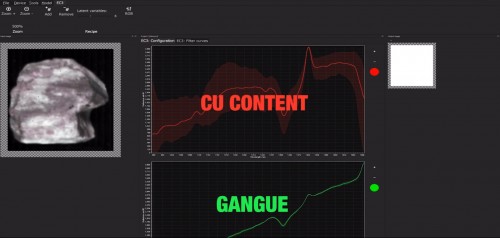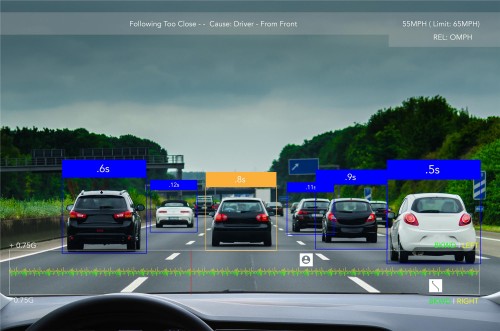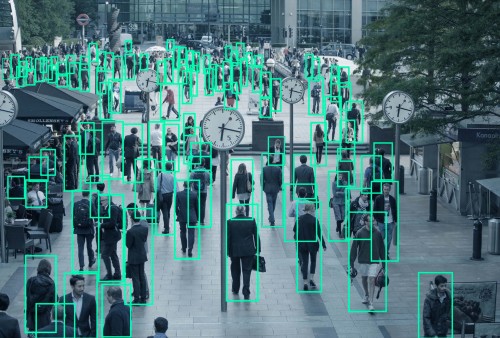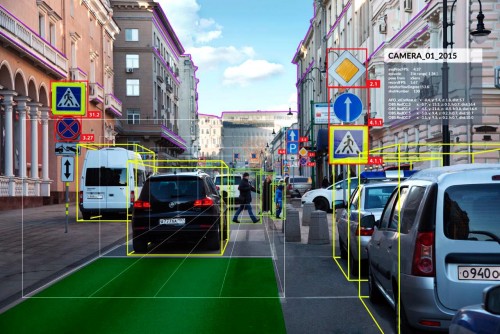How Computer Vision for Highway Asset Management Will Lead to Better and Safer Roads

How Computer Vision for Highway Asset Management Will Lead to Better and Safer Roads
The now pervasive driver-assistance features and autonomous vehicle technology are quickly changing what the vehicle of the future will look like. In a fortunate happenstance, transportation infrastructure is at the forefront of optimizing highway and roadway safety assets by systematically leveraging computer efficiency. What technological researchers have in mind is something akin to a utopian highway management of zero collisions, optimal security and enhanced safety. The good news? Highway asset management is slowly but surely approaching this incredible and ambitious project.
Computer Vision- A Highway Asset Management Innovation
Computer vision is the emerging protagonist on either side of the transportation divide that combats serious issues compromising highway safety. These are issues of minor and major accidents, traffic congestion, freight transportation delays and more, all with huge consequences for the economy.
The phenomenon is introducing a marked difference for the limited highway infrastructure against the ever-increasing load of asset management. What the technology is doing for us, is finding supremely cost-effective ways of providing incident detection, driver monitoring and highway management solutions.
The deployment of advanced driver assistance systems (ADAS) across a wide array of highway management assets guarantees that you fully strap yourself in, while the highway officials do the same to catch you otherwise.
The two key aspects of highway asset management are road safety and efficiency. With inbuilt driver support systems and receptive highway management tools, the role of computer vision jumps from being one of passive assistance to one of active decision-making.
- Highway Safety
When experts talk of highway management, first and foremost they think of road safety. Traditional ADAS and intelligent transportation systems (ITS) rely on sensing the surroundings of a vehicle. Computer vision facilitates this process with advanced analytics and an increased ability to act on the extracted information.
Highway assets integrated with computer vision technology have undoubtedly bolstered highway and roadway security, alongside law enforcement, with prompt and error-free responses. These assets are highly compatible with computerized add-ons, allowing for greater road safety.
On one end of the spectrum, vehicles are fitted with computer vision to minimize accident rates. Replacing roadside rumble strips with lane departure warning systems (LDW) and pedestrian detection technology can help reduce vehicle collisions by 179,000 crashes a year.
- Video Sensing Analytics
Highway management authorities have come to heavily rely on video cameras for greater security and real-time surveillance. Video camera surveillance brings the added benefit of lower costs and hassle-free installations and provides a rich reservoir of direct visual information.
The traditional technology can still benefit greatly from computer vision’s sensing and recording capabilities. Instead of having to rely on human operators to analyze the output, computer vision performs the dual trick of analytic output and assistance simultaneously.
- Alert and Warning Systems
There are instances where large video- databases are prodded to the cusp of life and death for someone out there. For example, Amber and Silver Alert systems give prompt warnings to the public in case of unfortunate incidences, such as child abduction. The system is now widely implemented across the globe. With enough information in place, such as the perpetrator’s vehicle model, color and plate number, large databases are able to be scrutinized. This provides tracking opportunities to response personnel who can then begin locating the vehicle across a wide array of video footage.
Computer vision, with its adaptive compression and decompression techniques, has allowed for error-free and time-effective scrutiny of large databases. Through decompressing reference frames, authorities are able to gain access to footage with vehicles in optimal viewing positions over long periods of time.
- Highway Infrastructure Efficiency
In recent years, the ability of procuring data around traffic volumes has helped to optimize enforcement and management schedules. It has also helped with critical traffic hours, road usage estimates and other valuable parameters. With traffic-related data being obtained in real-time, local government authorities have also been able to boost their incident management abilities. Computer vision has slowly infiltrated this domain to upgrade incident detection, verification and response periods. Meaning that we may be on the verge of bidding farewell to the grueling hours of being stuck in a jam.
- Traffic flow
Most highways have already witnessed the installation of roadway sensors that limit local authorities to inaccurate vehicle counts and traffic inflow data. Traditional sensors including pressure hoses, piezoelectric sensors and inductions coils, lack accuracy and require costly maintenance and deployment. Not only that, but they can be physically intrusive on the roadways. We bet your encounter with one of these mid-road would not have been particularly pleasant.
Those that are less obtrusive, such as sonars and laser-based systems, are environmentally sensitive to the point where they fail to compensate for the price. Luckily, computer vision burst in right on time with automated video analytics and real-time video processing. Computer vision techniques are now being successfully applied to video sequences for assessing traffic conditions and critical hours. As an add-on feature integrated with already deployed surveillance cameras, it also proves to be extremely cost-effective.
- Improved Incident Management
The definition of an incident, as far as highway management is concerned, is not limited to just major or minor collisions. It also includes any event that results in the blockade of traffic. By this logic, both accidents and other traffic delaying incidences such as road debris, chemical spills and stalled vehicles, are all counted as road incidents.
The advances made by the computerized vision in this area are worth mentioning. The evolving video analytic algorithms together with advanced machine learning are creating a robust incident detection technology. These algorithms allow tracking systems to leverage their motion detection and object tracking applications for amplified results. Highway asset management has come a long way in increased automation and self-sufficiency. Ultimately this paves way for shorter response rates and improved efficiency of first responders and equipment. When you’re driving on the road, think of being supervised by a third-eye, but of a more friendly nature!
Conclusion
Coupling real-time data on traffic conditions with a sound data analytic system, can derive maximum benefits from the available highway and roadway infrastructure. This is where computer vision comes in so handy.
Although highway asset management has come a long way in reducing traffic fatalities, ADAS and other similar technological innovations related to computer vision, are still looking to reduce it by an even greater margin.







 Call
Call
 Mail
Mail